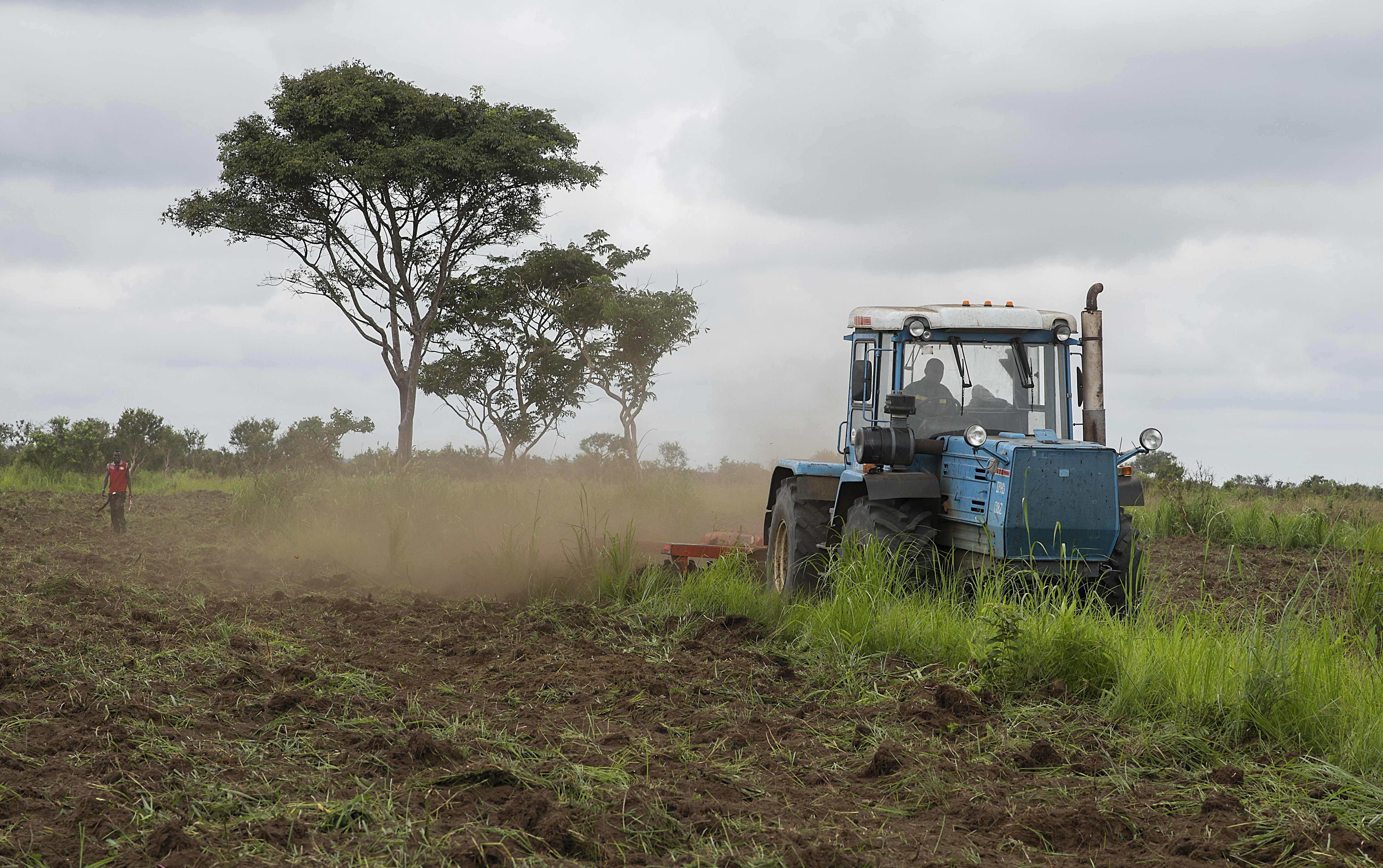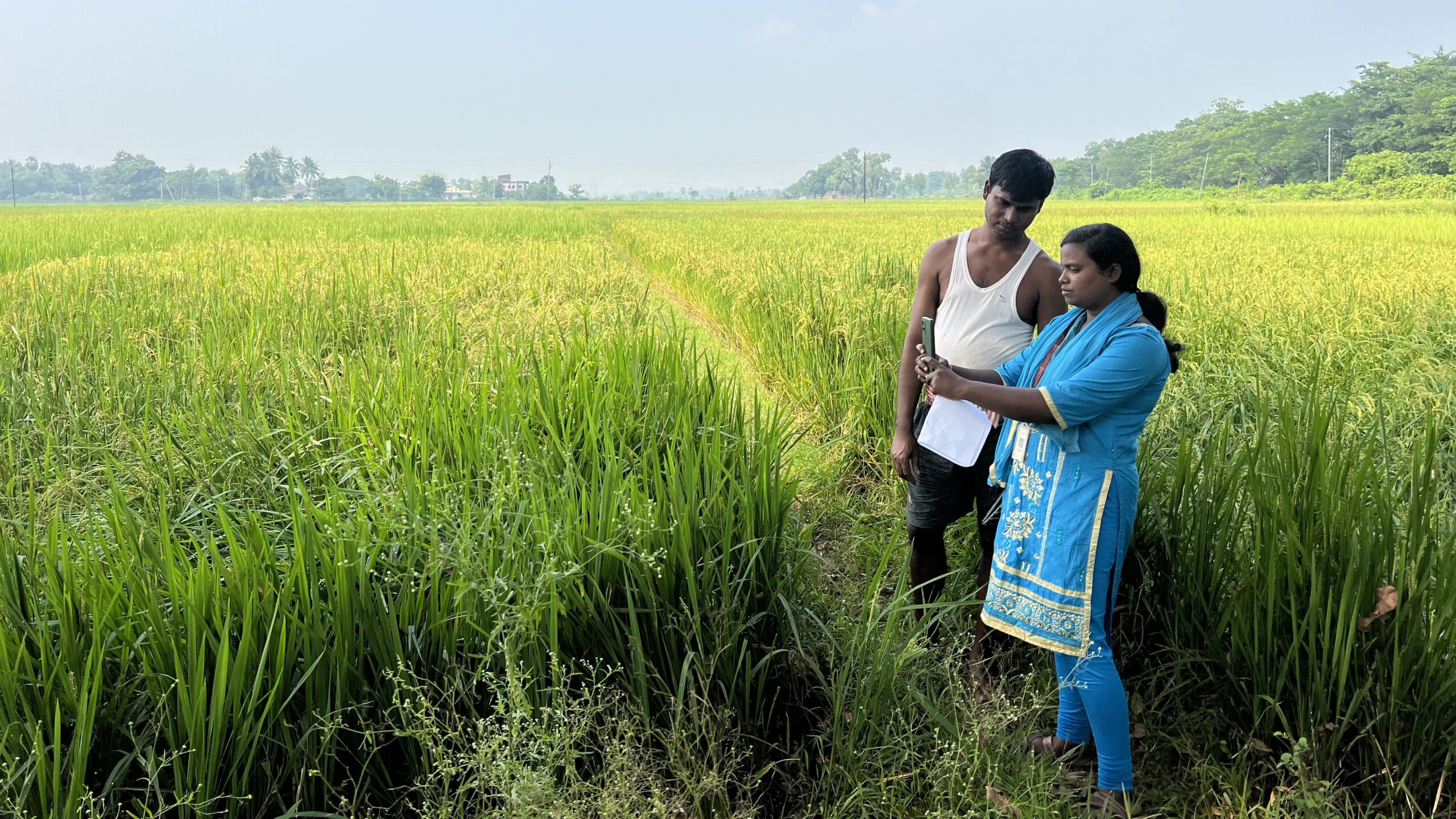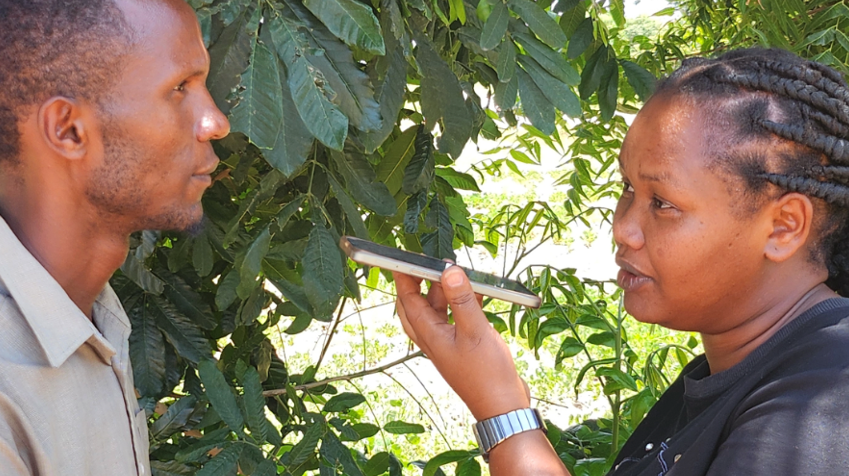First of a series of blog posts on the release of the 2020 Annual Trends and Outlook Report (ATOR) during the virtual 2020 ReSAKSS Annual Conference Nov. 3–5. The theme of the 2020 ATOR is “Sustaining Africa’s Agrifood System Transformation: The Role of Public Policies.” This post is based on Chapter 5. Read the second post here.
Africans have always recognized the importance of farm mechanization. Many who have grown up in rural areas have, at some point, worked on a farm or watched others do so, and know firsthand the back-breaking labor involved. Mechanical power that can provide relief from such drudgery has always been desired and appreciated.
Once, promising farm plots could be cleared by burning bushes or grasses on unused land, rather than tilling the soil, a task that did not require heavy manual labor, let alone the mechanical power of tractors. But in recent decades, farming in Africa has started requiring more work, typically done by humans or animals. As population density rose, rather than clearing new plots, farmers shifted to the practice of conducting more frequent and intensive land preparation on the same plots each year.
More recently, rising food demand has also stimulated market-oriented farm production, and as growing numbers of rural youth started looking for employment in the non-farm sector, farmers faced increasing challenges in recruiting enough workers for land preparation.
Private-sector led mechanization service has been one of the important models
Several models offer ways forward for meeting Africa’s rising demand for mechanization. In Asia, private sector-led provision of mechanization services has emerged as one of the important of these: Typically, medium-to-large farms invest in machines, and then provide hiring services to other farms. Machines are often used for a variety of purposes; for instance, tractors running irrigation water pumps, or transporting non-farm goods, or engaging in migratory hiring service. This approach allows farmers to continue earning profits during the off-season and to more quickly recover investment costs.
As in Asia, demand for mechanization in Africa has been growing not only among wealthy, large farms, but also among many smallholders. In other words, demand has started rising before many smallholders exit the agricultural sector and specialize in non-farm activities. Therefore, mechanization service models that are suitable for smallholders must be developed.
Public sector support is needed for Africa’s unique mechanization challenges
Africa has a number of specific challenges that require a public sector role in fostering access to mechanization. For example, more expensive medium-to-large horsepower tractors seem to be preferred in Africa. Because farming in Africa is mostly rainfed, demand may be more seasonal than Asia, where irrigation is more common, making it more difficult to achieve a sufficient machine utilization rate.
Many development goals are also time-sensitive. The African Union’s Agenda 2063 commits countries to banishing the hand hoe by 2025. Putting aside the feasibility of these goals, there is a growing sense of urgency for building the supply-side capacity for mechanization in Africa.
Recent experiences from Ghana inform how African governments and development partners can work together to improve the public-sector support
In recent years, many African governments have acquired tractors and other machines through concessional loans from countries like Brazil, China, and India, and provided support to private-sector-run custom-hiring service centers. While these responses have been encouraging, their effectiveness often depends on correctly identifying market failures and avoiding government failures. The experiences from Ghana have offered useful insights in this regard.
In the mid-2000s, the Ghanaian government started its flagship program, Agricultural Mechanization Services Enterprise Centers (AMSEC). Under the program’s Phase I, many participating enterprises faced challenges in repaying their loans on the machines to the government. Machine utilization rates were low due to limited exploration of multifunctional use and insufficient maintenance and operation skills.
AMSEC Phase II, carried out with Brazilian concessional loans, incorporated several modifications, remedying various issues development partners had identified under AMSEC I. Here are some of the improvements:
- More support to smaller mechanization service providers. AMSEC II dropped a requriement that centers purchase at least five tractors, opening its offer to all would-be buyers at the same price.
- More support for maintenance, including 1,000 engine-hours or one year (whichever comes first) of free scheduled tractor maintenance service, mobile workshop vans, and arrangements with manufacturers to provide spare parts for two years while the supply network is developing.
- More attention to building maintenance knowledge and skills. First-time buyers and their operators were required to participate in publicly-provided training programs.
- Promoting multiple uses for tractors, both on and off the farm, by including complementary equipment (shellers, multicrop threshers, planters, harvesters, seed drills, boom sprayers, etc.).
- Diversifying tractor brand options for interested service providers.
AMSEC II can be further improved. For example, the government can encourage smallholders to aggregate their demand by engaging more in collective action, and/or demonstrate the yield effects of multiple plowing (in addition to the initial plowing) during land preparation. The training program can be continuously modified and upgraded to incorporate the experiences of AMSEC participants. For example, some operators still skip proper pre-inspection of fields for stumps and stones, and damage crucial parts of the machines that are not readily repairable.
Overall, however, these modifications in AMSEC II are encouraging, and going forward it will be important to see how the program improves smallholders’ access to mechanization services in the medium term.
Effects of COVID-19 on mechanization service provisions should be monitored
Finally, COVID-19-related economic disruptions can affect mechanization service providers and equipment dealers, although more formal assessments are needed.
On the supply side, machines, attachments, spare parts, repair services, and fuel and lubricants may temporarily become less available. Service providers’ movements may be restricted.
Demand may also be affected. More workers may temporarily look for on-farm jobs that would otherwise be done by machines. Farmers may have less ability to pay for mechanization services, or switch to more traditional crops that require less intensive land preparation.
Many of these pandemic-related effects have been observed even in Asian countries (such as Myanmar) where the mechanization sector is thought to be more resilient. Monitoring such impacts and keeping these patterns in mind will be important in Africa as well, as countries continue to grapple with the pandemic.
Hiroyuki Takeshima is a Senior Research Fellow with IFPRI’s Development Strategy and Governance Division (DSGD); Xinshen Diao is DSGD Deputy Director and a Senior Research Fellow; Patrick Ohene Aboagye is a Member of Ghana Institution of Engineering and Deputy Director at the Ministry of Food and Agriculture, Ghana.
This work was supported by the IFPRI-led CGIAR Research Program on Policies, Institutions, and Markets (PIM).







